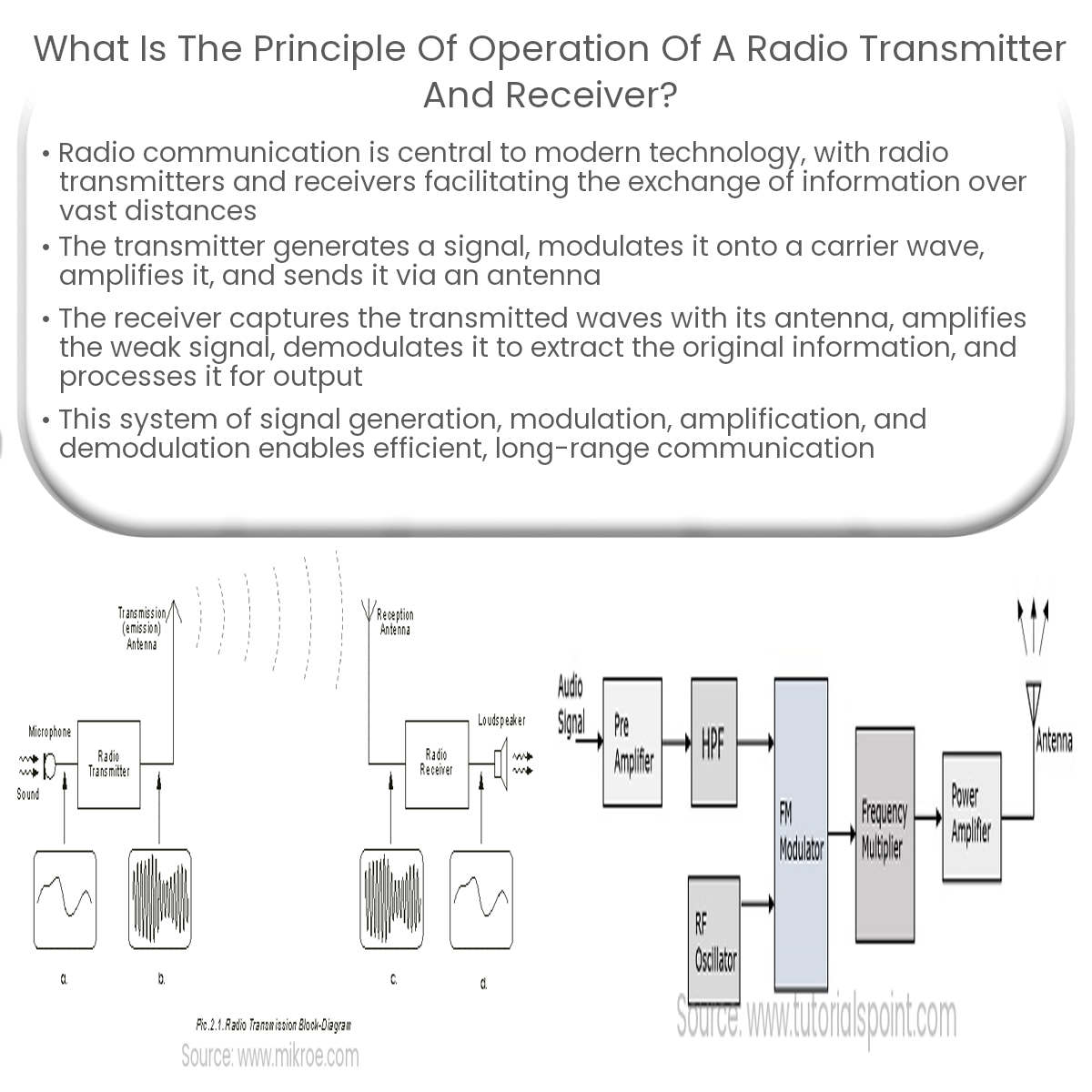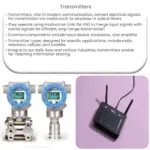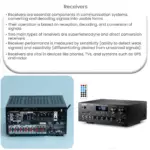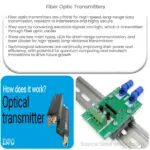A radio transmitter encodes info onto a carrier wave, while a receiver captures, amplifies, and demodulates the signal to retrieve the original data.
Understanding Radio Transmitters and Receivers
Radio communication is an essential part of modern technology, enabling information exchange over vast distances. At the heart of this communication system are radio transmitters and receivers, which work together to send and receive signals. This article explores the principle of operation of these crucial devices.
Radio Transmitter
- Signal Generation: The process begins with an input signal, typically an audio or data source. This signal is then converted into a continuous wave (CW) or modulated carrier wave, usually with the help of an oscillator.
- Modulation: The carrier wave is then modulated with the input signal, encoding the information onto the wave. The most common modulation techniques are amplitude modulation (AM), frequency modulation (FM), and phase modulation (PM).
- Amplification: The modulated carrier wave is then amplified to a suitable power level to ensure adequate transmission range. This is achieved using a power amplifier.
- Antenna Transmission: Finally, the amplified signal is sent to the antenna, which radiates the electromagnetic waves through the atmosphere or free space.
Radio Receiver
- Antenna Reception: The radio receiver’s antenna captures the electromagnetic waves transmitted by the radio transmitter. These waves induce a small electrical current in the antenna, generating a weak signal.
- Signal Amplification: The weak signal is then amplified using a radio frequency (RF) amplifier, increasing its power level to facilitate further processing.
- Demodulation: The amplified signal is then demodulated, which involves extracting the original input signal from the modulated carrier wave. This process is performed by a demodulator circuit, tailored to the specific modulation technique used (AM, FM, or PM).
- Output: The demodulated signal is then processed and converted back into its original form, such as an audio signal or data, which can be output to a speaker, display, or storage device.
In summary, radio transmitters and receivers operate on the principles of signal generation, modulation, amplification, and demodulation. The transmitter encodes the input signal onto a carrier wave, which is then radiated by an antenna. The receiver captures these waves, amplifies the signal, and demodulates it to retrieve the original information. This system enables efficient and reliable communication over great distances, making it indispensable in today’s connected world.





